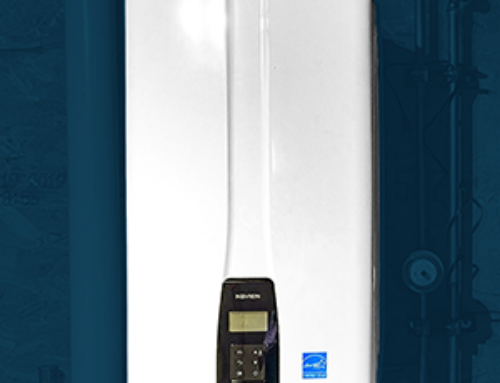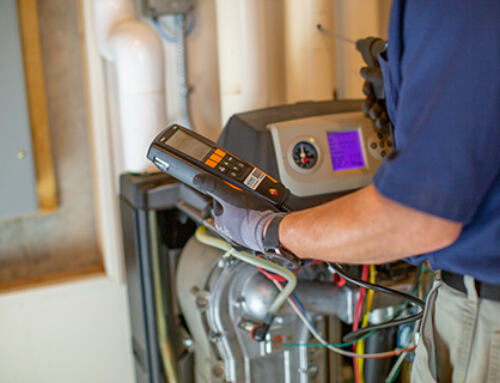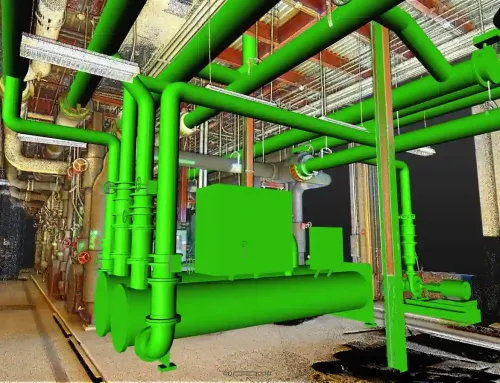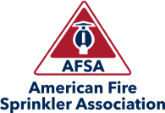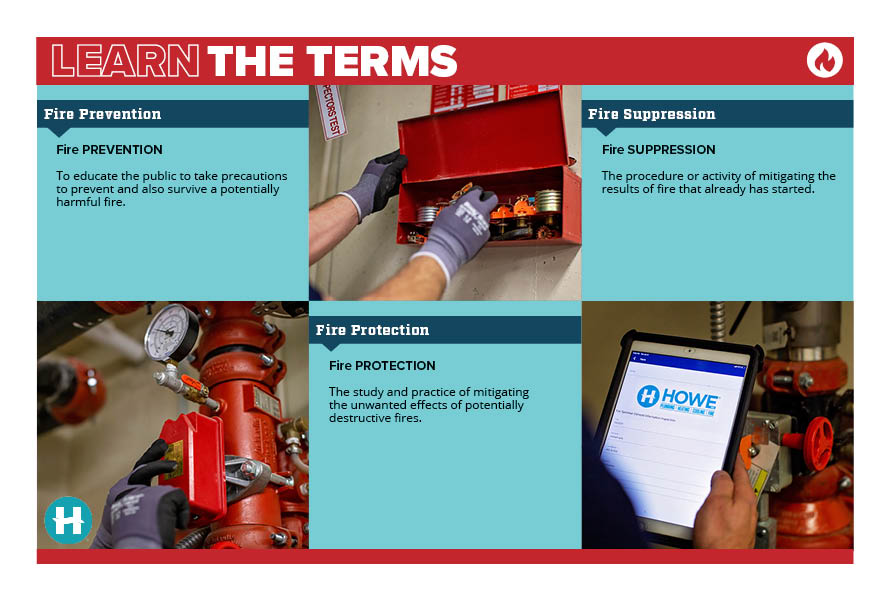
On average, it takes a local fire department 9-12 minutes after a fire has started to arrive on scene. That’s 9-12 minutes for flames and smoke to threaten lives and destroy property.
According to the American Fire Sprinkler Association, fire sprinklers are widely recognized as the single most effective method for fighting the spread of fires in their early stages, meaning before they can cause severe injury to people and damage to property. Loss of property can be reduced by up to 97 percent with the installation of a fire sprinkler system.
Check out this video for a fiery demonstration of the benefits of a fire suppression system:
How Do Fire Sprinklers Work?
A fire sprinkler system consists of multiple sprinkler heads that automatically discharge water during an active fire, once the air temperature reaches a predetermined threshold. The system is meticulously designed to activate as early as possible in the event of a real fire, engaging at temperatures of approximately 155 degrees Fahrenheit and discharging water in the immediate fire area.
A sprinkler system is linked by a system of piping that is connected to a reliable water source. draws water from sources within a structure. Each sprinkler head activates individually, and only when the unit itself has reached the trigger temperature. In other words, each sprinkler reacts only to the fire conditions closest to it. The sprinkler heads are sensitive enough to open when necessary but not cause unnecessary water damage.
Some sprinkler systems don’t even use water. Facilities containing flammable materials need to use foam to cut off the supply of oxygen as quickly as possible, preventing significant damage. This type of fire protection system is designed to separate the flames from their source of fuel via the foam. Not only does this help extinguish active fires, but the foam prevents any flammable fumes from being reignited.
Fire Sprinklers Minimize Damage, Even from Other Forms of Protection
The potential water damage from a sprinkler system doesn’t compare to the damage caused by a working fire – or even the large amounts of water discharged by firefighting hose lines. Quick-response sprinklers release about 8 to 24 gallons of water per minute, while a fire hose can discharge anywhere from 50 to 125 gallons of water per minute. So, while fire hoses can safely extinguish a fire, the severity of the damage makes more immediate suppression from a sprinkler system the ideal way to protect life and property.
While Fire Sprinklers Are Effective, They’re Just Part of the Equation
We can’t overstate the benefits of fire suppression systems like sprinklers, but it’s also important to note that they’re only part of a truly comprehensive fire protection system. The best systems also include equipment and services designed to prevent fires from sparking in the first place. This can include smoke detectors, safety inspections and similar risk mitigation services. It also includes fire alarms since they help notify people on the property that a fire is in progress.
The Best Fire Safety Systems Start with Professional Installation
Before you try to install a new sprinkler system yourself, remember that the American Fire Sprinkler Association strongly discourages sprinkler installation by people who have not been trained in proper installation methods for fire sprinklers. What’s more, we adhere to NFPA standards when inspecting, testing, and maintaining fire sprinkler systems annually to ensure they’ll work correctly in the event of a fire.
Instead of worrying about a fire sprinkler system by yourself, you can call Howe Inc. We can assist with the proper design and operation of a sprinkler system as well as 24/7 comprehensive service and inspections to keep your sprinkler system dependable.
With a properly installed, regularly tested and routinely serviced fire protection system from Howe, you can help keep yourself, your employees, and your business safe. Our fire protection technicians have the expertise to install and maintain any new or retrofitted sprinkler system to the National Fire Protection Association’s (NFPA) standards. Our technicians can also check systems for corrosion, which can lead to water damage, plugging problems and reduced sprinkler hydraulic performance. And finally, our design team can help you create an efficient fire protection system that reduces risk as much as possible.
To get in touch with our fire protection team, call or text Howe today at 605-339-2020.

